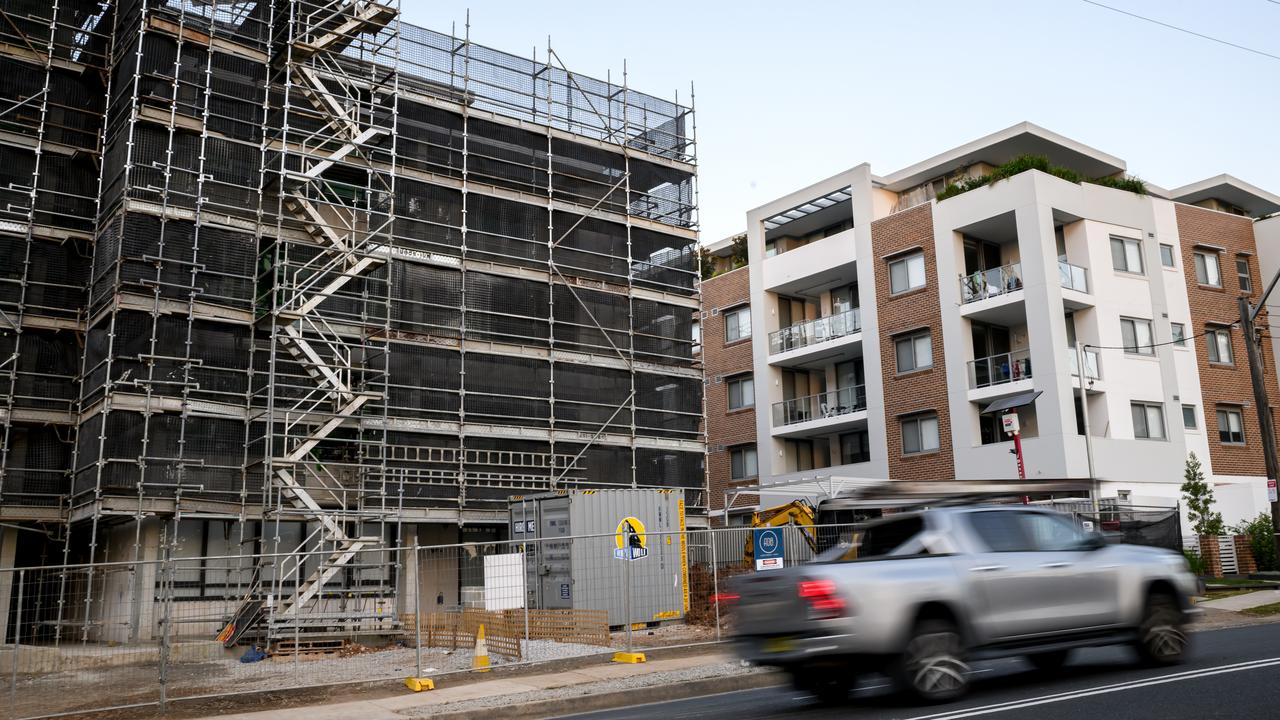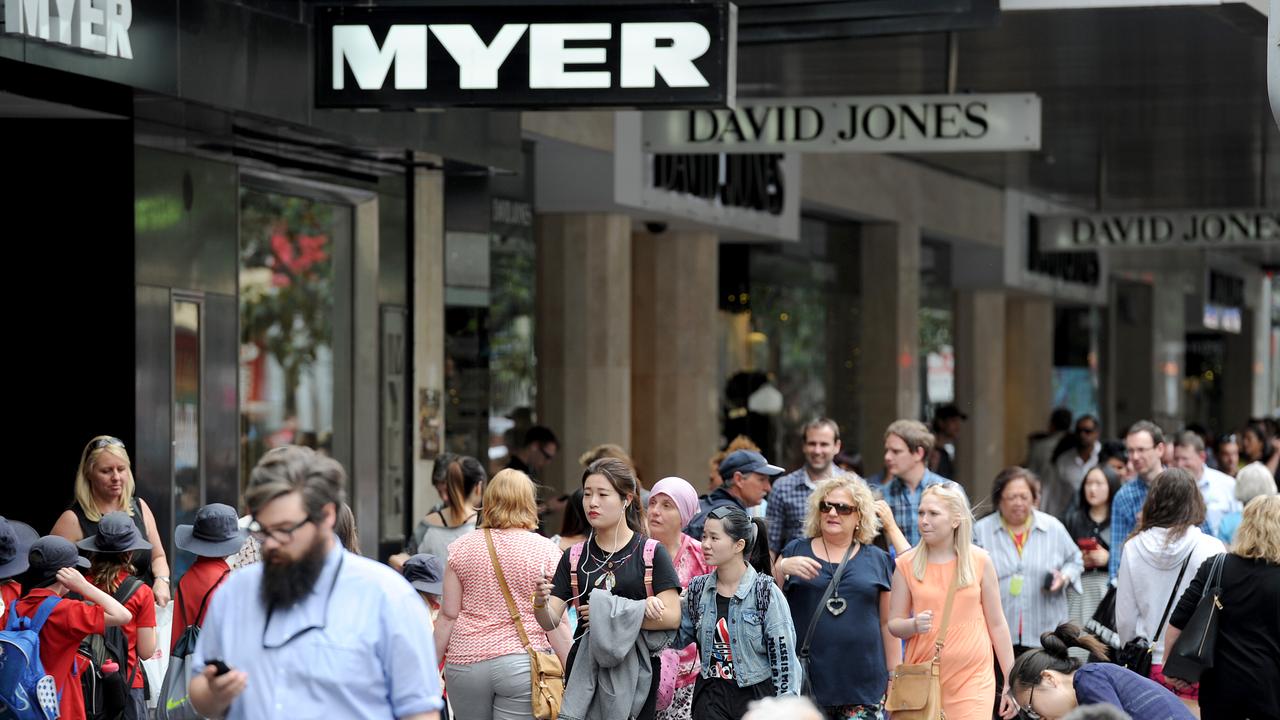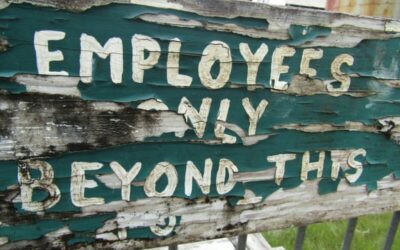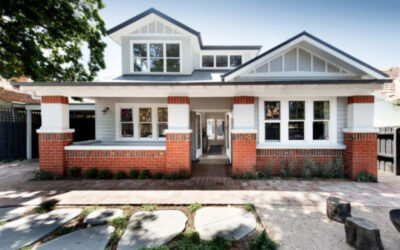The last holdout of the big four banks has brought forward its prediction for the next interest rate cut after retail sales data again came in softer than expected.
ANZ chief economist Adam Boyton expects the Reserve Bank of Australia to cut the cash rate by 25 basis points at its meeting on Tuesday, bringing the bank in line with economists at CBA, NAB and Westpac.
Retail spending rebounded 0.2 per cent in May as cooler temperatures sent Australian consumers flocking back to shops in search of winter apparel, the Australian Bureau of Statistics revealed on Wednesday.
But that was below consensus expectations of a 0.5 per cent lift, with weaker sales elsewhere confirming the subdued start to the year for household spending.
Sales were flat in April, driven in part by unseasonably warm weather putting customers off winter clothes purchases, and leading to May’s bounce-back.
With trade uncertainty weighing on sentiment and underlying inflation around the mid-point of the RBA’s target band, cutting rates would be “the path of least regret” for the central bank, Mr Boyton said.
“Given today’s data showing a weak six-month trend in retail sales, the most recent reads on consumer confidence showing the prior uptrend remains stalled and ongoing uncertainty around US trade policy as we approach the expiry of the tariff pause, we now expect the RBA to cut the cash rate by 25 basis points at its July meeting,” he said.
Hanging over the RBA’s decision is the end of a 90-day pause on US President Donald Trump’s “liberation day” tariffs, which expires the day after the meeting.
If Mr Trump loses patience over the slow progress of negotiations and reinstates unilateral tariffs, there could be another spike in market volatility, CBA chief economist Luke Yeaman said.

While Australia’s economy is more insulated from global shocks, weak consumer spending remained the key watch point for 2025, he said.
“Our internal and retail sales data, it’s all come in a little more soft than we would have expected,” he said.
“It could be some scarring that’s flowed from the last few years of sharp falls in disposable income and a high cost of living.
“And if that’s the case, all our forecasts might need to come down a little and that could open the way to potentially a few more rate cuts over the course of this year.”
Should the big four banks’ prediction of a July cut come to fruition, a median mortgage holder with a $600,000 debt would see their monthly repayments drop by $90.

Lenders began lowering their offerings before the meeting, with ANZ on Wednesday cutting its one- to five-year fixed rate mortgages by up to 35 basis points.
The ABS also reported building approvals rose by 3.2 per cent in May, following two straight months of falls, as volatile apartment consents roared back 11.3 per cent.
Despite an uptick in approvals in the second half of 2024, the trend has since flatlined, putting Australia’s construction industry on track to fall well short of the national housing accord target of 1.2 million homes in five years.
Property Council chief executive Mike Zorbas said although the target was unlikely to be met, the accord – which had its first anniversary on Tuesday – was a positive signal in spurring decision-makers towards a “culture of yes” that should be applauded.
Australian Associated Press is the beating heart of Australian news. AAP is Australia’s only independent national newswire and has been delivering accurate, reliable and fast news content to the media industry, government and corporate sector for 85 years. We keep Australia informed.




